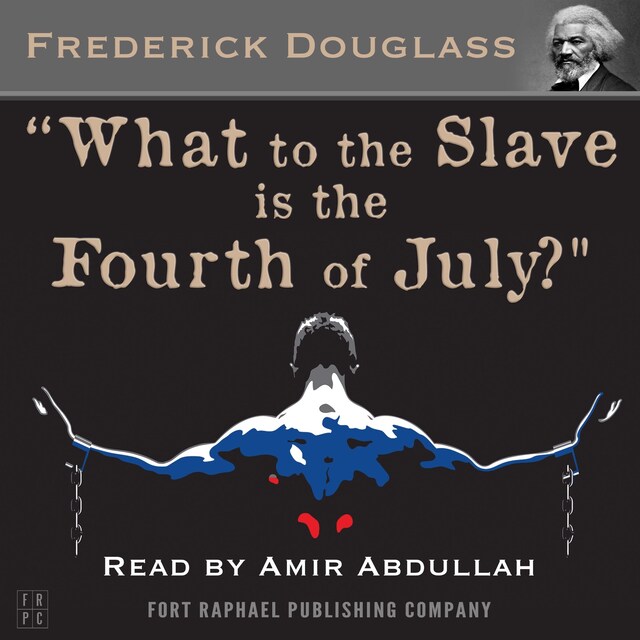
What to the Slave is the Fourth of July?
Tietoa kirjasta
In 1852, Frederick Douglass, former slave and, by then, a leading figure in the abolitionist movement was asked by the Rochester Ladies' Anti-Slavery Association to address the group for their July 4th celebration at Corinthian Hall in Rochester, New York.
Delivered, in fact, on the 5th of July, the speech caused an immediate sensation and swiftly became a seminal rallying cry of the abolitionist movement in America. The audience in Rochester included none other than President Millard Fillmore (along with a group of politicians from Washington) as well as some of the most important leaders of the abolitionist movement at the time.
Through the years, Douglass' powerful words have only grown in stature, resonance and importance. His timeless message and elegant prose have made this speech - here presented in its unabridged, original format - one of the greatest orations in history.


